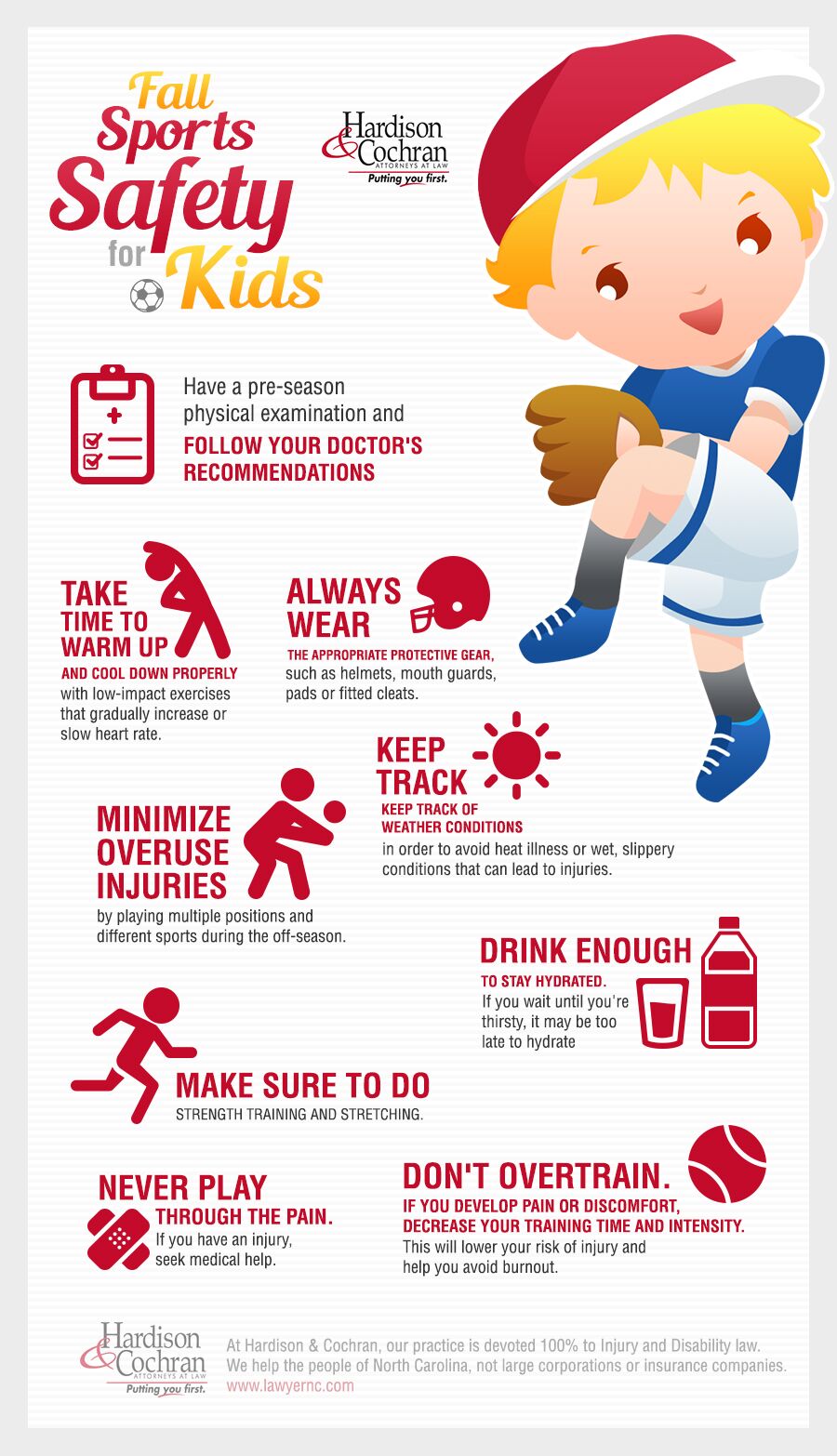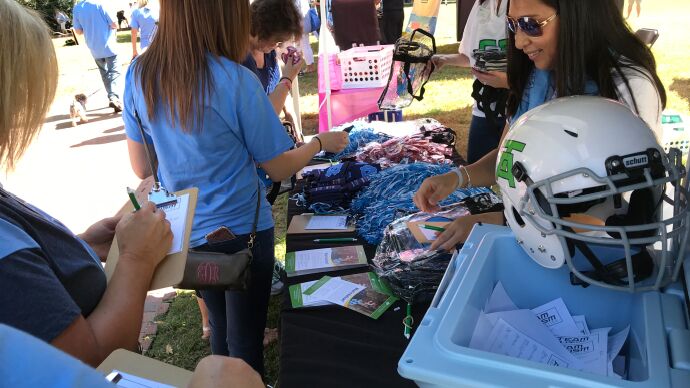Ready for Fall Sports? How to Keep Your Kid Safe
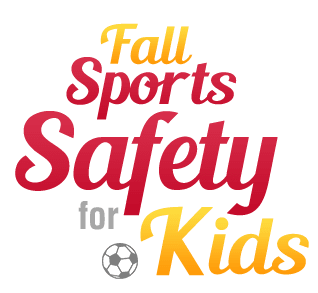 Summer is winding down and children are preparing to return to school. With the changing of the seasons comes the start of fall sports and the risk for potential injury. Millions of children are treated in U.S. hospitals for sports-related personal injuries every year. By playing it safe and taking precautions, you can help ensure your child isn’t one of them.
Summer is winding down and children are preparing to return to school. With the changing of the seasons comes the start of fall sports and the risk for potential injury. Millions of children are treated in U.S. hospitals for sports-related personal injuries every year. By playing it safe and taking precautions, you can help ensure your child isn’t one of them.
The National Institute of Arthritis and Musculoskeletal and Skin Diseases reports that more than 2.6 million children are treated in emergency rooms every year for sports-related injuries. Considering there are more than 38 million children participating in organized sports, the overwhelming majority of children play fall sports without being harmed, but the risks are there.
Most common sports-related injuries
Fall sports injuries run the gamut—from skinned knees to broken bones and concussions. The most common injuries treated in hospitals, however, are sprains and strains. These are injuries in which the ligament, muscle or tendon is stretched beyond its normal capacity.
Other common injuries include: growth plate injuries, repetitive motion injuries, heat-related illness, concussions and traumatic brain injuries.
Normally, coaches and staff tasked with supervising your child’s sports will work diligently to prevent these injuries and to treat them immediately when they occur. But, as a parent, your input can only help.
Tips for Preventing Fall Sports Injuries
There are several things you can do to help your child stay safe and avoid accidents on the playing field. Preventing these accidents begins early.
 Have a pre-season physical examination. Before the season starts, schedule an appointment for your child to see his or her pediatrician. Make sure you discuss any health concerns and make the doctor aware of your child’s intentions to play sports.
Have a pre-season physical examination. Before the season starts, schedule an appointment for your child to see his or her pediatrician. Make sure you discuss any health concerns and make the doctor aware of your child’s intentions to play sports.- Enroll your child in school, community, or recreation club-sponsored events. Events that are officially organized are more likely to conform to certain safety
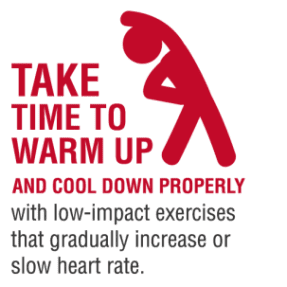 standards, with coaches certified in first aid and high quality equipment.
standards, with coaches certified in first aid and high quality equipment. - Ask coaches and trainers about their training. Do they know first aid? Are they volunteers without experience or are they aware of the safety concerns of the sport?
- Ensure your child is warming up and cooling down before and after all workouts. Warm-up and cool-down periods are essential to prepare the body for work and loosen muscles after the fact. Take time to warm up and cool down properly with low impact exercises. Stretching both before and after can prevent many sprain and strain injuries.
- Make sure your child stays hydrated and fueled. Oftentimes, practice is held after school, long after your child has had lunch.
 Make sure they have a snack and a water bottle to get some fuel before practice. Teach them the importance of staying hydrated, especially when the weather is warm. If you wait until you’re thirsty, you run the risk of not staying properly hydrated.
Make sure they have a snack and a water bottle to get some fuel before practice. Teach them the importance of staying hydrated, especially when the weather is warm. If you wait until you’re thirsty, you run the risk of not staying properly hydrated. - Ask about the equipment, ensure your child’s is well-maintained and fits correctly. Often, the only thing separating your child from a serious injury is pads or a
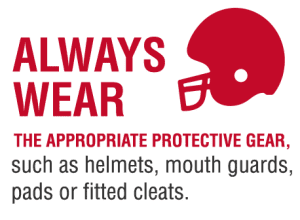 helmet. It’s important that your child always wears properly fitted protective gear, such as helmets, mouth guards, pads, and shoes.
helmet. It’s important that your child always wears properly fitted protective gear, such as helmets, mouth guards, pads, and shoes. - Keep your child active throughout the year. If a child is only active during football season, for example, his body will not be prepared for the rigors of the sport each fall. By encouraging an active lifestyle throughout the year, your child’s body won’t have to readjust each season.
- Ensure all injuries are treated swiftly, and follow-up where appropriate. Don’t try to play through pain. Doing so may
 cause a minor injury to become a major injury. If you have an injury, seek medical help.
cause a minor injury to become a major injury. If you have an injury, seek medical help.
Fall sports season is a fun time of year, for children and parents alike. An injury can sideline your little athlete for months or even years to come. Do your part to keep him or her safe and make sure to hold coaches and trainers accountable as well.

